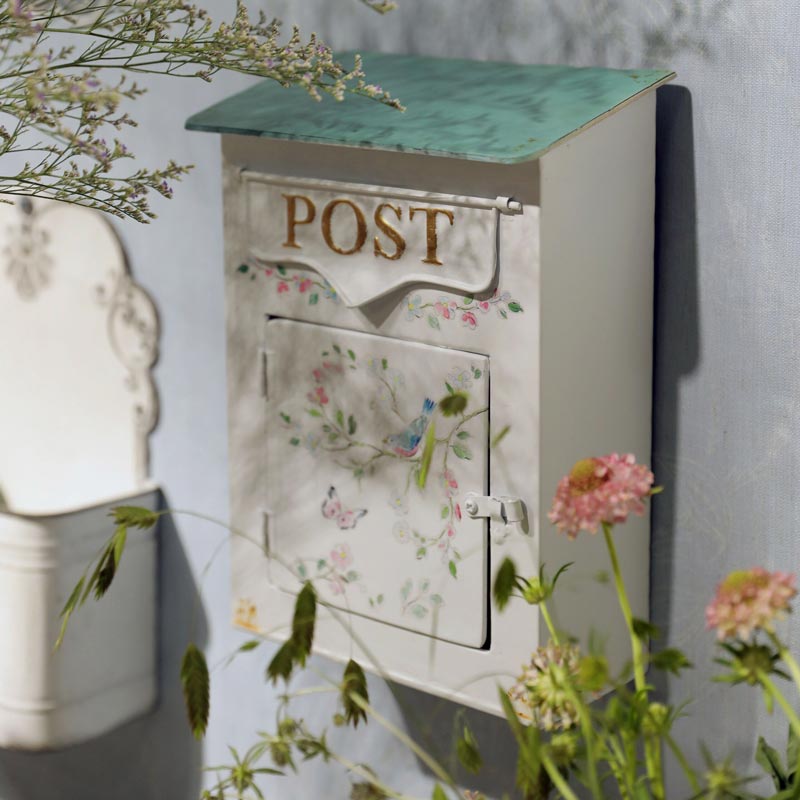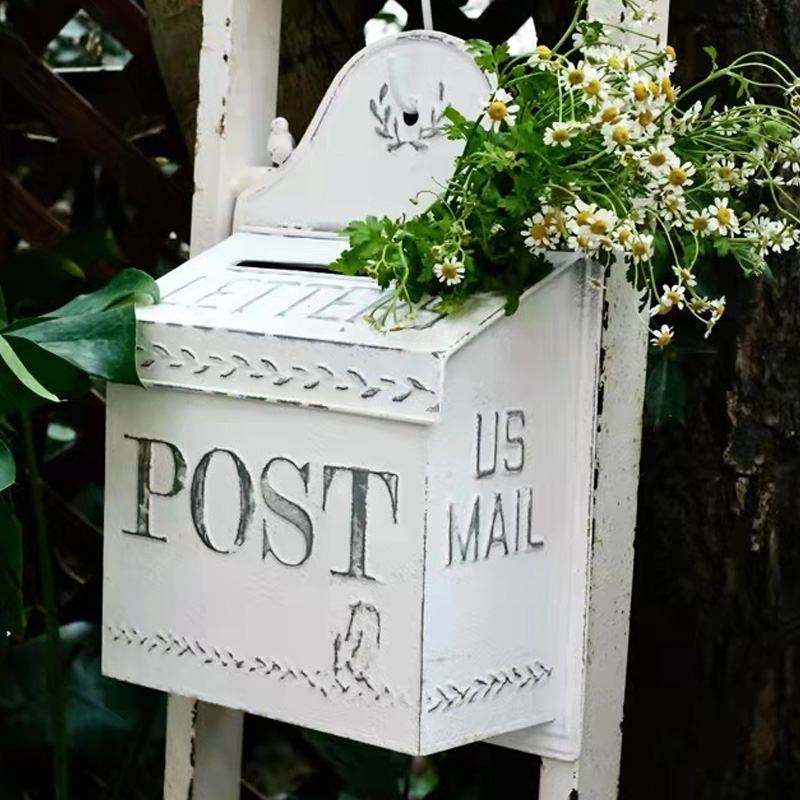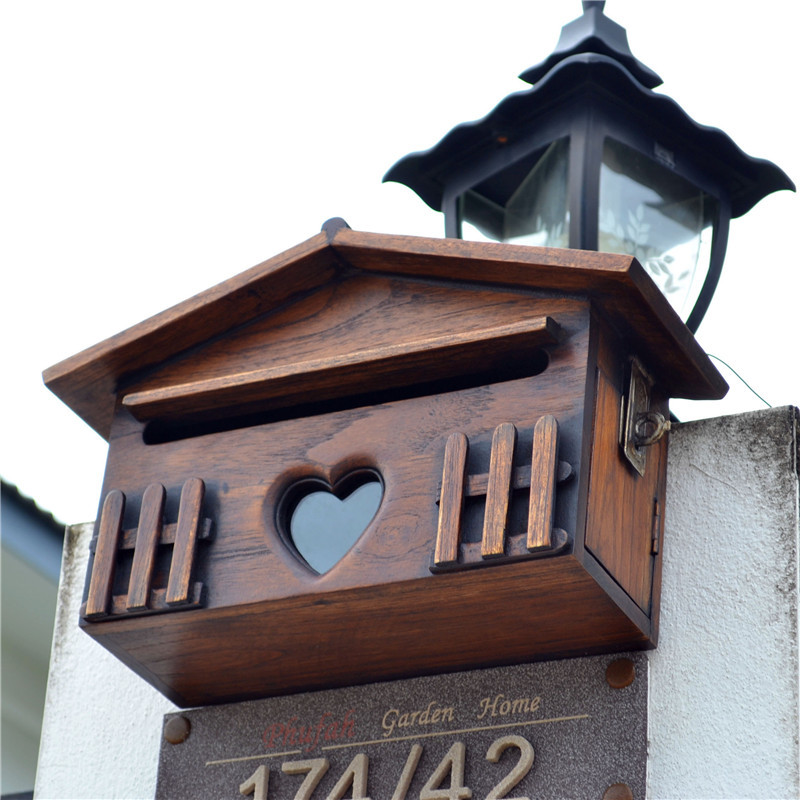Mailbox
Connecting People and Cultures
Mailboxes, often an overlooked aspect of urban and rural landscapes, hold a rich history and continue to serve as a crucial element in the communication infrastructure worldwide. From the iconic blue U.S. Postal Service boxes to quaint, personalized boxes outside suburban homes, mailboxes have evolved over the centuries to accommodate changing needs and technologies. This in-depth exploration delves into the history, types, cultural significance, and future of mailboxes, providing a comprehensive understanding of their role in society.
The Historical Journey of Mailboxes
The concept of a mailbox has roots stretching back to ancient civilizations, but the modern mailbox began to take shape in the 19th century with the formalization of national postal systems. The introduction of standardized mailboxes was a response to the growing need for secure and efficient ways of sending and receiving mail, spurred by increased literacy rates and industrial advancements.
- Early Innovations: The first letter-receiving boxes appeared in France and Belgium in the late 18th century. By the mid-19th century, similar systems were adopted in other countries, including the United States and the United Kingdom.
- Rise of Roadside Mailboxes: In rural America, the introduction of roadside mailboxes in the early 20th century was a significant evolution. It allowed mail carriers to deliver mail without each household needing to travel to a post office.
- Modern Developments: The design and functionality of mailboxes have continued to evolve, incorporating materials like steel and plastic for durability and security features to prevent identity theft.
Understanding Different Types of Mailboxes
Mailboxes vary widely depending on their purpose, location, and the postal system they serve. Understanding these types can provide insights into how mail services are tailored to meet specific needs:
- Residential Mailboxes: These can be single units near the road, multi-unit boxes for apartment complexes, or even decorative boxes that reflect the homeowner’s personal style.
- Collection Mailboxes: Used by postal services for the collection of outgoing mail, these are typically found in public spaces and are secured by the postal service to protect the mail until collection.
- Smart Mailboxes: A newer development, these are equipped with technology to notify recipients when mail is delivered or to monitor the security of the mailbox remotely.
Cultural Significance of Mailboxes
Mailboxes are more than just functional objects; they are symbols of connection and communication. They often reflect cultural elements and societal values:
- Personal Expression: In many cultures, individuals personalize their mailboxes, which serves as a form of self-expression and can signal something about the household’s character.
- Community Engagement: Mailboxes often act as informal community hubs where people pause to chat about local happenings or exchange quick greetings.
- Architectural Harmony: Especially in historic or upscale neighborhoods, mailboxes are designed to complement architectural styles, contributing to the aesthetic continuity of the community.
The Role of Mailboxes in Modern Communication
Despite the digital revolution drastically reducing the volume of traditional mail, mailboxes still play several essential roles in modern communication networks:
- Logistics and E-commerce: The rise of online shopping has transformed mailboxes into crucial receiving points for packages and e-commerce products.
- Legal and Official Communications: Many legal and governmental communications still rely on postal services due to their formal and secure nature.
- Bridging Digital Divides: In areas with limited internet access, mailboxes remain a vital link to information and services.
The Future of Mailboxes
As digital communication continues to dominate, the future of mailboxes is likely to see significant innovation:
- Smart Technology Integration: Future mailboxes may include advanced security features, electronic notifications, and even temperature control for sensitive deliveries.
- Eco-Friendly Materials: With a growing emphasis on sustainability, new mailboxes might utilize recycled materials or designs that minimize environmental impact.
- Hybrid Functions: Mailboxes could evolve to serve multiple functions, such as package delivery stations with electronic lock systems or community bulletin boards with digital screens.
Conclusion
Mailboxes have not only adapted to changing times but have also symbolized the enduring human need for connection and communication. Their evolution from simple receptacles to complex units equipped with smart technology illustrates their ongoing relevance in a digitally connected world. Whether serving as a secure drop point for important documents or a personal statement in front of a home, mailboxes continue to be an integral part of the communication landscape, bridging past traditions with future innovations. As we look ahead, the mailbox stands as a testament to adaptability, continually evolving to meet the needs of a changing world.



